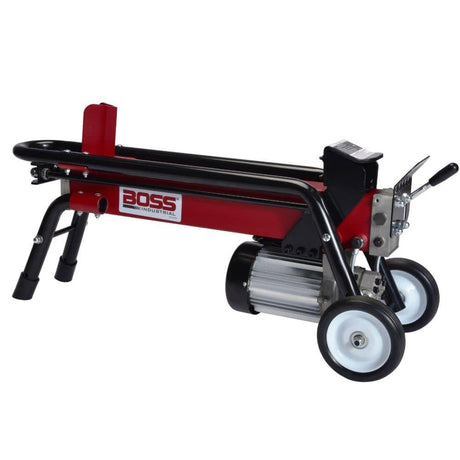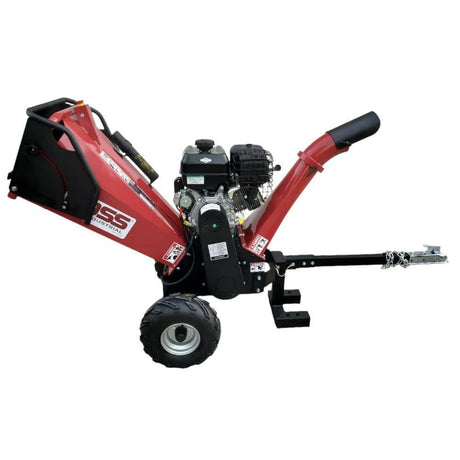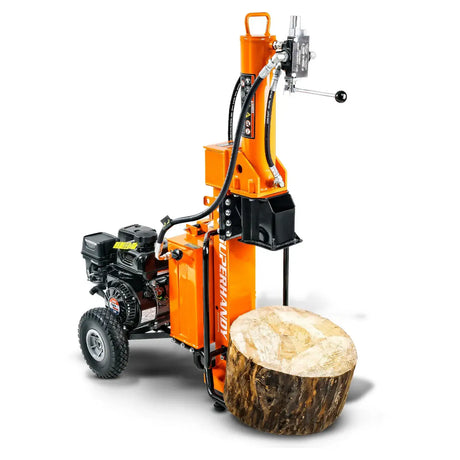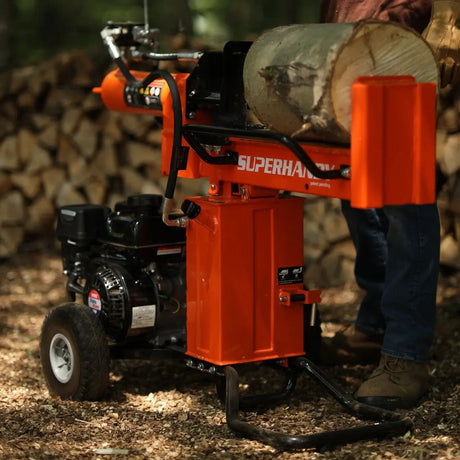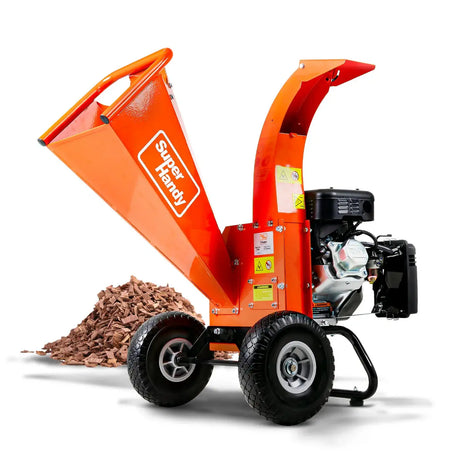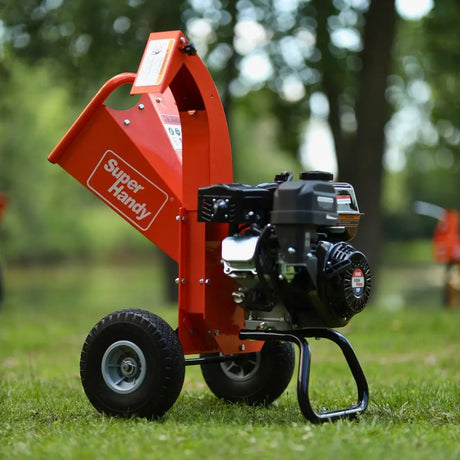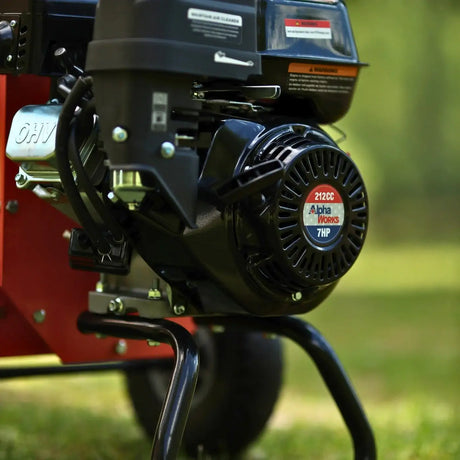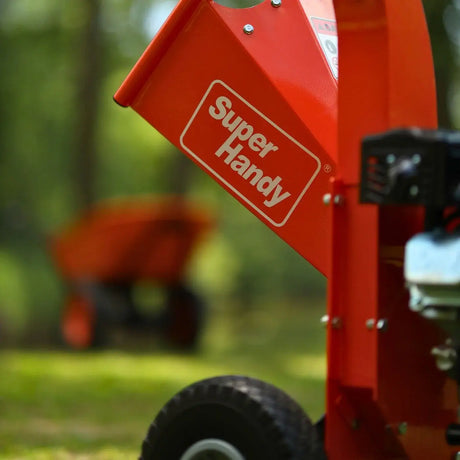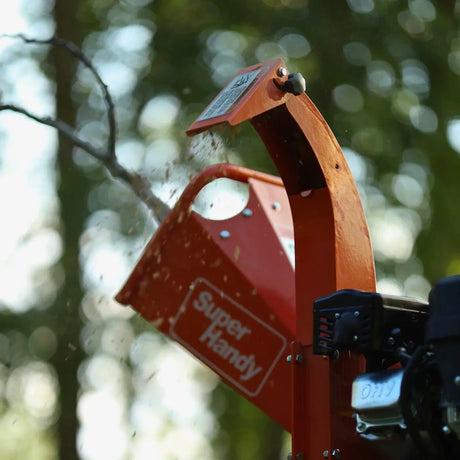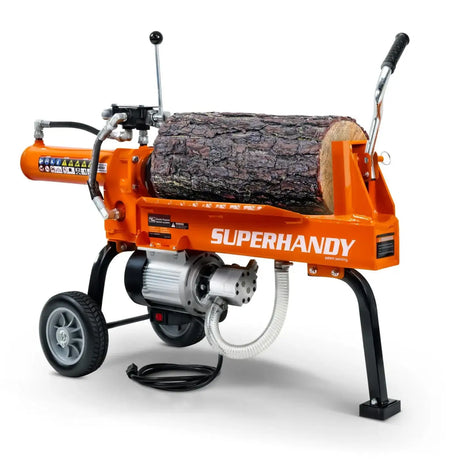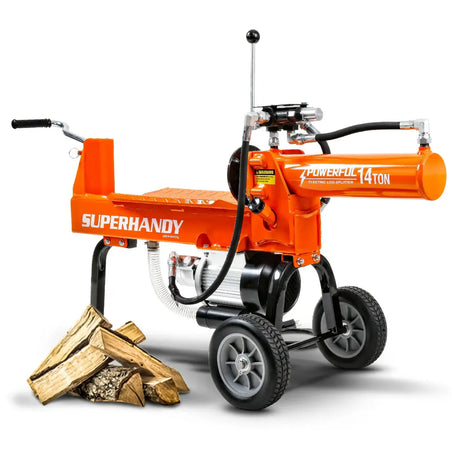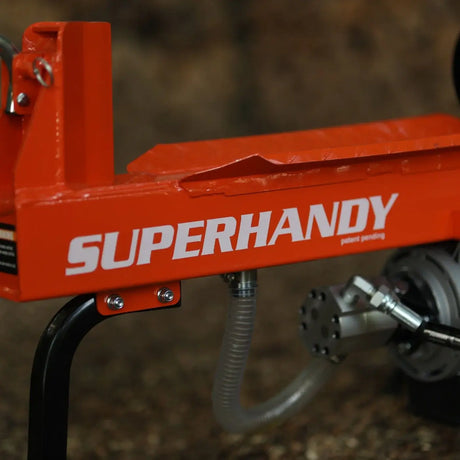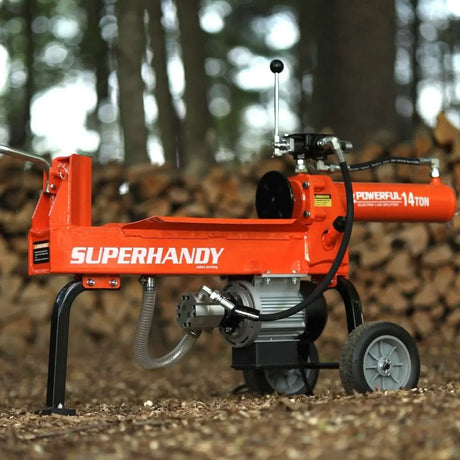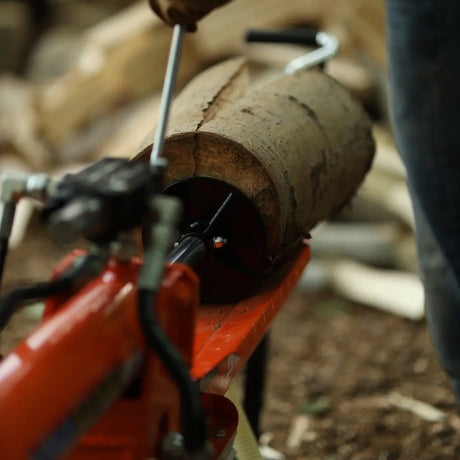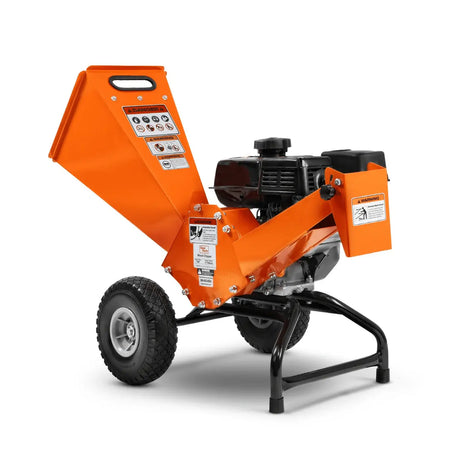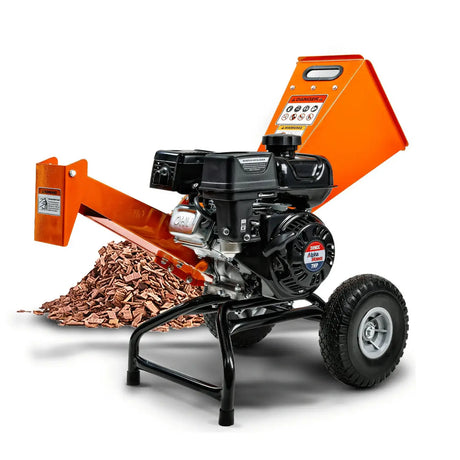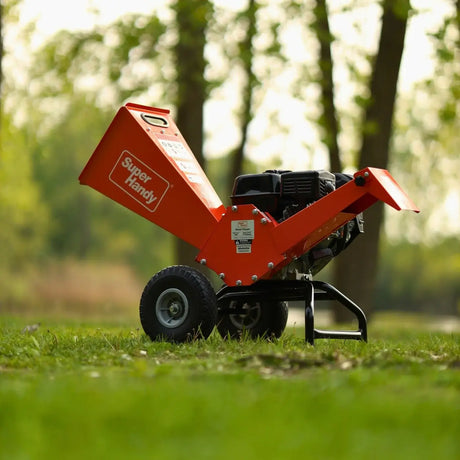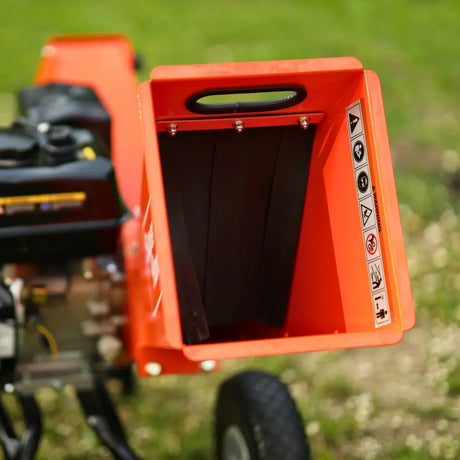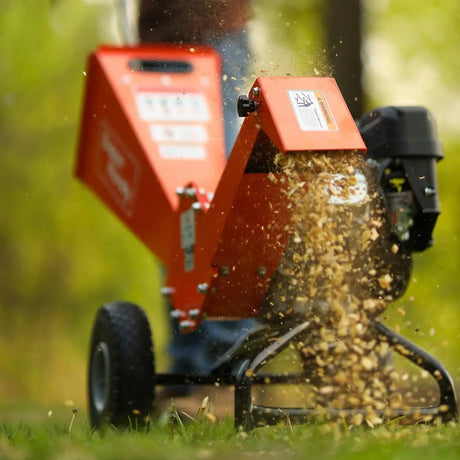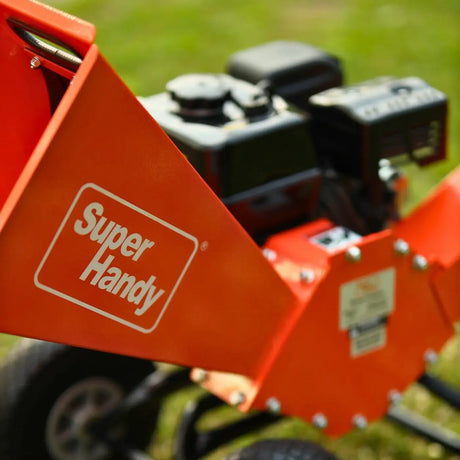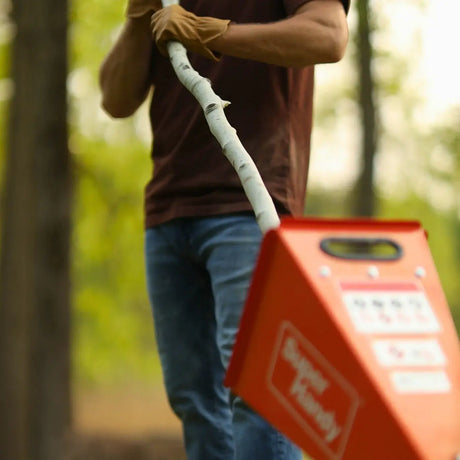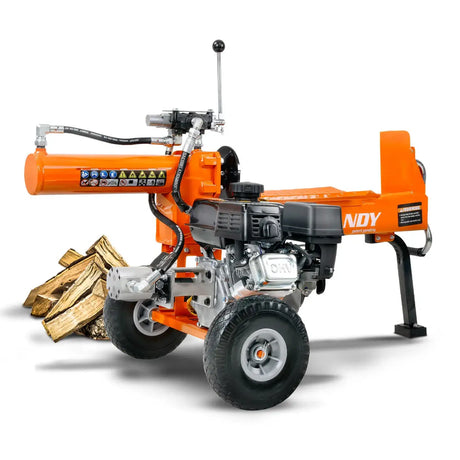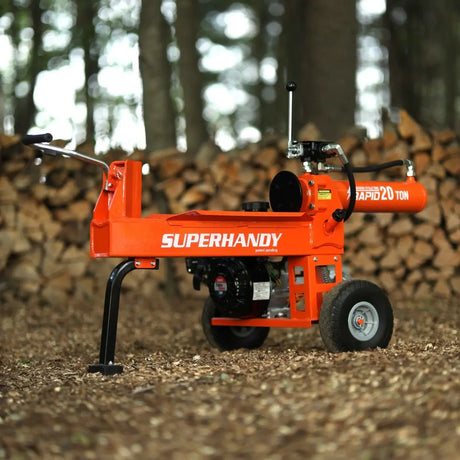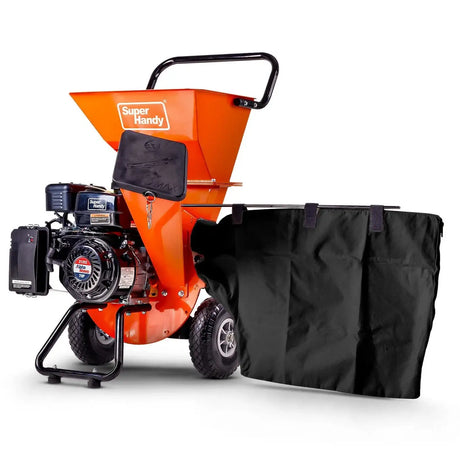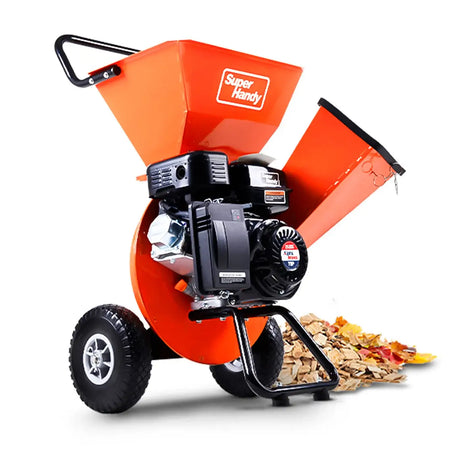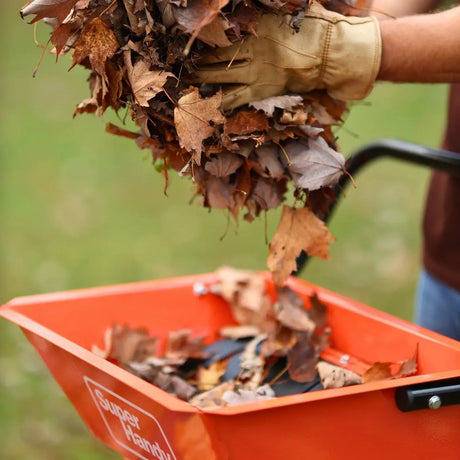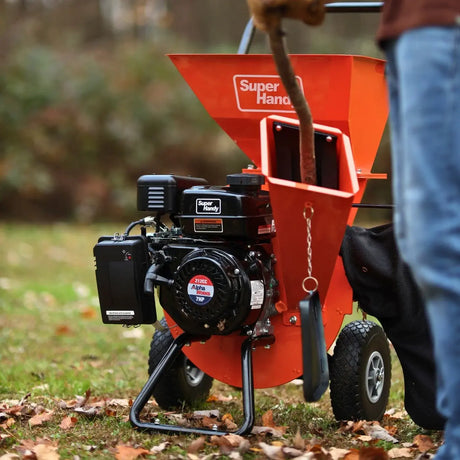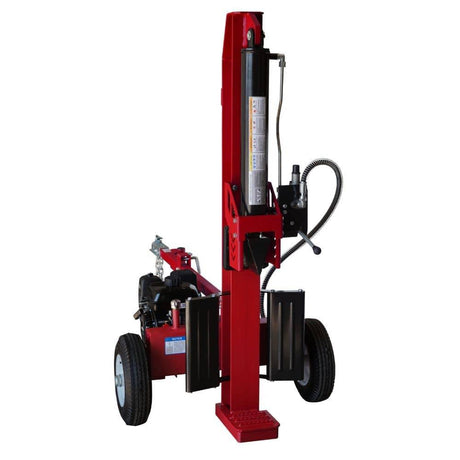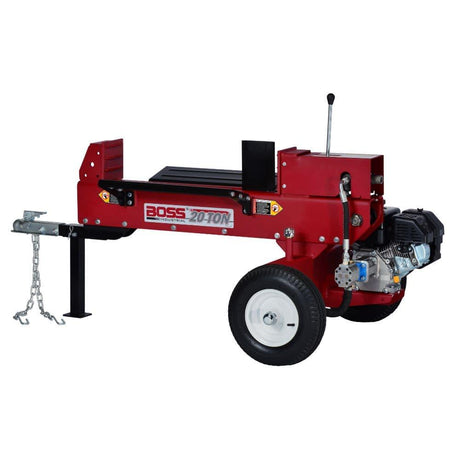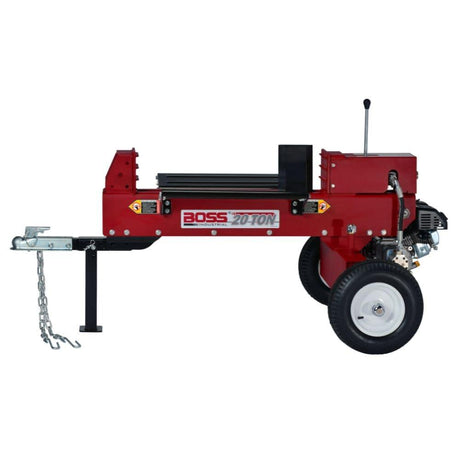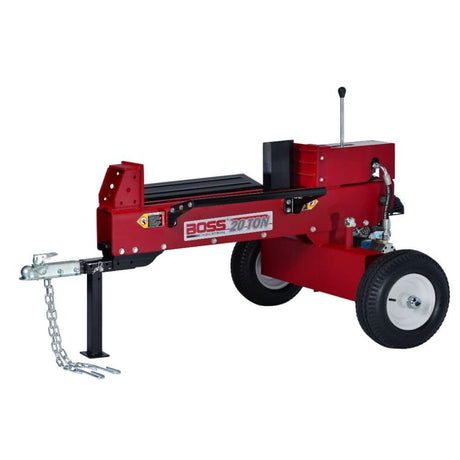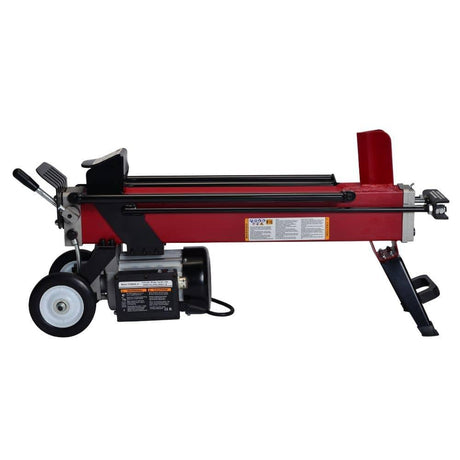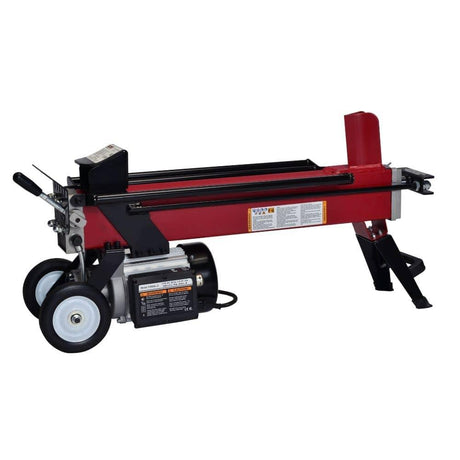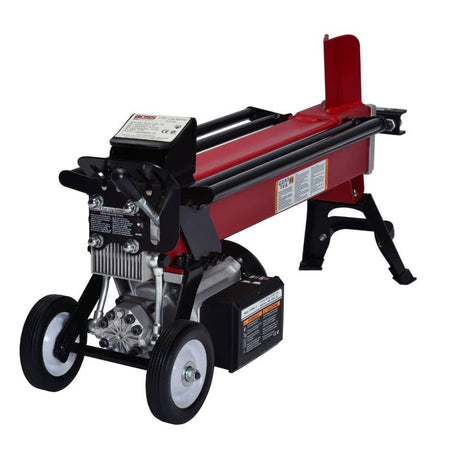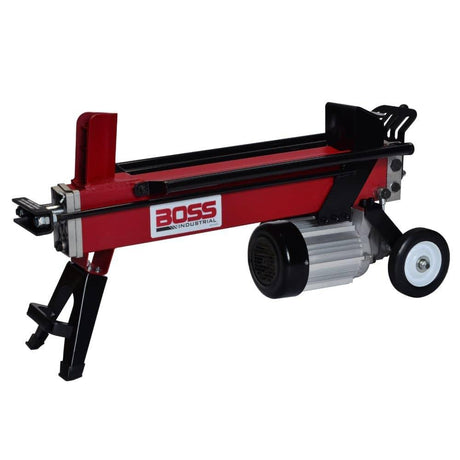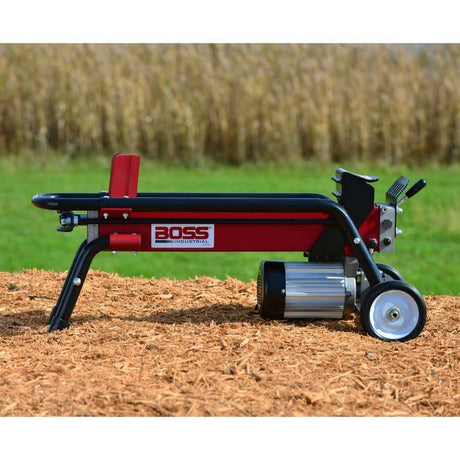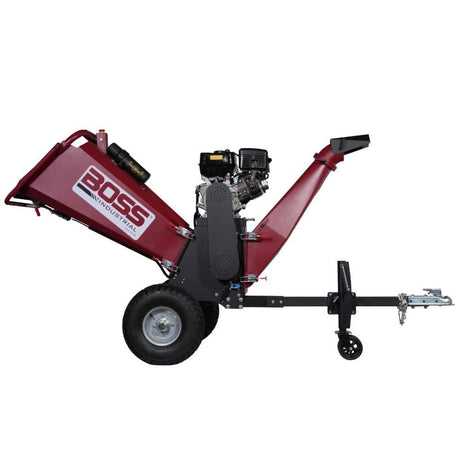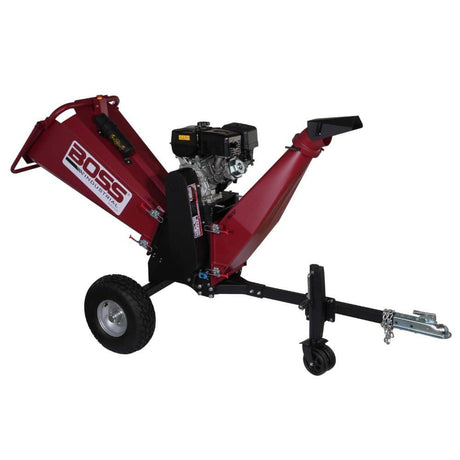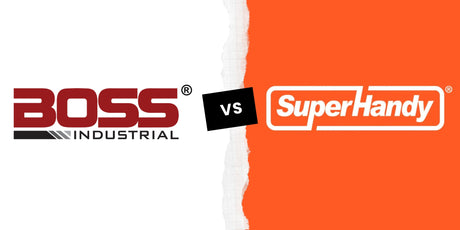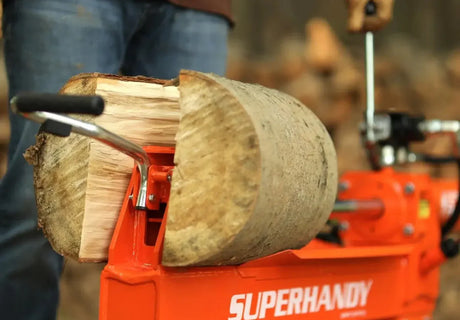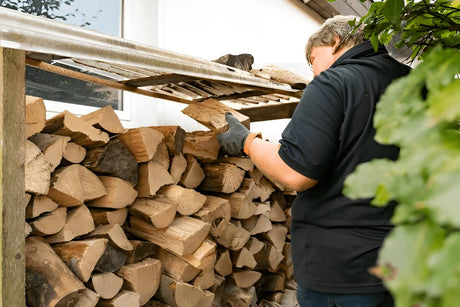Average Log Splitter Prices by Type
Manual Log Splitters: Cheapest Option for Light Use
If you're only splitting a few small logs here and there-for kindling or occasional firewood-a manual log splitter might be all you need. These are human-powered tools like foot-pump hydraulics or slide hammers.
- Regular Price range: $50 to $250
- Best for: Campers, fireplace users, and DIYers who don't need high volume
- What you get: Low cost, no fuel or electricity, but slower and more labor-intensive
They're simple, portable, and great if you're working with short, straight-grain logs. Just don't expect to tackle oak rounds with one.
Electric Log Splitters: Affordable and Homeowner-Friendly
Electric models are perfect for suburban users who want a plug-and-play solution without dealing with gas or fumes. Most can handle seasoned logs up to 10-12 inches in diameter.
- Regular Price range: $250 to $1,500
- Best for: Homeowners splitting up to a few cords per year
- What you get: Quiet operation, low maintenance, decent power (5 to 14 tons)
You'll find great value here-especially if you're splitting near the garage or shed where power is accessible.
Gas Powered Log Splitters: More Power, Higher Cost
When you're dealing with green wood, knotty rounds, or larger volumes, gas log splitters shine. These are built for outdoor use and bring serious muscle to the table.
- Regular Price range: $700 to $4,000+
- Best for: Rural homes, firewood businesses, off-grid use
- What you get: Higher tonnage (15 to 40+ tons), faster cycle times, no outlet needed
They're pricier, but if you're splitting a dozen cords a year, gas pays off in speed and toughness.
Kinetic Log Splitters: Speed vs. Price
Kinetic splitters use flywheel systems instead of hydraulic pressure. They're lightning-fast-splitting logs in 2-3 seconds-but tend to be more expensive upfront.
- Regular Price range: $700 to $2,500
- Best for: Clean, dry, straight logs where speed matters
- What you get: Minimal maintenance, blazing-fast cycles, lower force than gas hydraulics
They're great if your wood is pre-cut and seasoned. Not ideal for twisted or wet logs.
For drying times by wood type, see our firewood drying chart to prep your logs.
Commercial and 3-Point Hitch Models: For Heavy-Duty or Tractor Use
If you're in the firewood business or have access to a tractor, these beasts are worth a look. Designed for high-volume, daily splitting.
- Regular Price range: $1,500 to $9,000+
- Best for: Firewood sellers, landowners, and large-scale rural operations
- What you get: Massive splitting power, rugged build, PTO or skid steer compatible
They're not for weekend warriors-but for serious production, nothing beats 'em.

Key Price Factors That Affect Cost
Tonnage and Splitting Force
The higher the tonnage, the higher the price. It's that simple.
- Lower-ton splitters (5-10 tons): Handle small, dry logs. Cheaper, lighter, good for homeowners.
- Mid-range (15-25 tons): More versatile, can tackle green wood and bigger rounds.
- High-tonnage (30+ tons): Built for hardwood, twisted grain, and commercial loads.
You're paying for power-and for how much the machine can consistently push through.
Check quickly what splitting force you need with the table below
And for a detailed chart, see our log splitter tonnage chart for matching power to wood type.
| Log Diameter | Softwood (Dry) | Softwood (Green) | Medium Hardwood (Dry) | Medium Hardwood (Green) | Hard Hardwood (Dry) | Hard Hardwood (Green) | Very Hard Hardwood (Dry) | Very Hard Hardwood (Green) |
|---|---|---|---|---|---|---|---|---|
| 6 in. | 4 tons | 7 tons | 6 tons | 9 tons | 7 tons | 16 tons | 10 tons | 20 tons |
| 12 in. | 12 tons | 30+ tons | 15 tons | 30+ tons | 20 tons | 30+ tons | 22 tons | 30+ tons |
| 18 in. | 20 tons | 30+ tons | 20 tons | 30+ tons | 26 tons | 34+ tons | 26 tons | 34+ tons |
| 24 in. | 27 tons | 30+ tons | 27 tons | 30+ tons | 30 tons | 34+ tons | 30 tons | 34+ tons |
Engine Type and Power Source (Gas vs. Electric)
Power source plays a huge role in price and performance.
- Electric splitters: Cheaper up front, less maintenance, ideal for light-duty.
- Gas-powered: More expensive, but delivers higher tonnage and faster cycles.
- Dual-action or commercial-grade engines: Expect to pay more for speed, reliability, and cycle efficiency.
More horsepower (or amperage) = more money. Not surewhat you should choose ? Check our complete comparison of electric and gas log splitters.
Horizontal vs. Vertical Configuration
Most residential splitters are horizontal only. But vertical capability adds cost and flexibility.
- Horizontal-only: Budget-friendly, needs lifting logs onto the beam.
- Horizontal/vertical models: Easier on your back, handles big rounds on the ground. Pricier, but worth it if you're splitting a lot.
For heavy or oversized logs, the vertical option saves time and your spine.
Portability, Build Quality, and Extra Features
Wheels, steel thickness, and design details drive up the cost.
- Towable frames with highway-rated tires? More expensive.
- Heavy-gauge steel, welded seams, and powder coating? That adds durability-and dollars.
- Features like log cradles, quick-return valves, or dual-action rams? All premium perks that raise the price tag.
Cheap frames rust fast. Smart money goes to rugged builds.
Brand Reputation and Warranty
Some brands hold value better-because their machines just last longer.
- Trusted brands charge more but back it up with reliability and service.
- Warranties vary widely-from 90 days to 5 years. Longer warranties usually mean higher quality… and higher cost.
If resale value or long-term dependability matters, don't cheap out here.
Log Splitter Price Ranges: Quick Reference Table
Looking for a ballpark price? Here's how the cost breaks down by category and use case:
| Type & Power Source | Splitting Force | Max Log Size (Soft/Dry Wood) | Max Log Size (Green/Hard Wood) | Typical Price Range |
|---|---|---|---|---|
| Electric (5–7 Ton) | 5–7 Tons | Up to 10 in | Up to 6–8 in | $300 – $600 |
| Electric (10–14 Ton) | 10–14 Tons | Up to 14 in | Up to 10–12 in | $600 – $1,200 |
| Gas (10–15 Ton) | 10–15 Tons | Up to 16 in | Up to 12–14 in | $800 – $1,400 |
| Gas (16–20 Ton) | 16–20 Tons | Up to 20 in | Up to 14–16 in | $1,200 – $1,800 |
| Gas (22–27 Ton) | 22–27 Tons | Up to 24 in | Up to 18 in | $1,600 – $2,500 |
| Gas (30+ Ton) | 30–37+ Tons | Up to 26 in | Up to 20 in | $2,400 – $4,500+ |
| Kinetic – Electric (6–10 Ton) | 6–10 Ton | Up to 30 in | Up to 24 in | $700 – $1,100 |
| Kinetic – Electric (11–14 Ton) | 11–14 Ton | Up to 36 in | Up to 30 in | $1,100 – $1,500 |
| Kinetic – Gas (16–22 Ton) | 16–22 Ton | Up to 36 in | Up to 30 in | $1,500 – $2,300 |
| Kinetic – Gas (25+ Ton) | 25–30+ Ton | Up to 36+ in | Up to 36 in | $2,300 – $3,500+ |
Entry-Level Models ($200-$600)
Perfect for light use around the house.
What you get:
- Manual splitters and small electric units (5-7 tons)
- Handles seasoned, straight-grain firewood up to ~10" diameter
- Plug-and-play operation, no fuel or oil needed
Ideal for:
- Homeowners with a small stack to split
- Occasional weekend use
Example: 5-7 ton electric splitter, lightweight and compact.
Mid-Range Units ($600-$1,500)
Most popular category for serious homeowners.
What you get:
- Electric (7-10 ton) and smaller gas log splitters (15-20 ton)
- Better cycle times, larger log capacity (up to 20")
- Horizontal and some horizontal/vertical splitters
Ideal for:
- Regular splitting through the season
- Firewood for the year, or small property owners
Great balance of power, price, and portability.
Heavy-Duty Models ($1,500-$4,000)
Step into pro-grade territory.
What you get:
- Gas-powered, 20-37 ton machines
- Horizontal/vertical function, faster cycles, towable frames
- Handles green wood, hardwoods, and oversized logs
Ideal for:
- Large property owners
- Commercial use or heating multiple homes
Built for tough rounds and daily workloads.
Industrial-Grade or Tractor Attachments ($4,000+)
Top-tier machines for serious volume.
What you get:
- 3-point hitch models, skid steer splitters, or high-tonnage commercial units
- 40+ tons of force, continuous-duty cycles
- Built-in log lifts, high-capacity hydraulics, custom options
Ideal for:
- Firewood businesses
- Farm or industrial use
You're not splitting wood-you're running an operation.

Buying New vs. Used: What You Can Expect to Pay
Sometimes buying used makes sense-sometimes it doesn't. Here's how to weigh your options.
When Buying Used Can Save You Money
Used log splitters can shave hundreds off the sticker price if you know what you're looking for.
Good times to buy used:
- You're mechanically handy and don't mind doing a little cleanup or repair
- You find a lightly used splitter from a homeowner-not a commercial operator
- You're not in a rush and can wait for the right deal
Typical savings:
- Save 30%-50% off retail for a well-maintained unit
- Older gas log splitters (10+ years) can go for under $1,000, even in the 20+ ton range
What to Check Before Buying a Used Log Splitter
Before you hand over cash, check these basics:
1. Hydraulic System
- Look for leaks around hoses, pump, and cylinder
- Check fluid color-it should be clear, not milky or dark
2. Engine (if gas-powered)
- Cold start test: does it fire up easily?
- Listen for irregular knocking or smoking
3. Frame and Wedge
- Check for bends, cracks, or weld repairs
- Inspect the wedge edge-dull isn't a deal-breaker, but chips and chunks are
4. Cycle Time
- A sluggish ram may mean a weak pump or low pressure
5. Tires and Axle (towable units)
- Dry rot, flat spots, or rusted hubs = more money later
Pro tip: Ask the seller when they last changed the hydraulic fluid or filter. If they don't know, you'll probably want to do it ASAP.
Price Comparison: New vs. Used for Each Type
| Type | New Price Range | Used Price Range |
|---|---|---|
| Manual Splitters | $100 – $250 | $20 – $100 |
| Electric (5–10 ton) | $300 – $1,200 | $150 – $700 |
| Gas (15–37 ton) | $800 – $4,000+ | $400 – $2,500 |
| Kinetic (Electric/Gas) | $800 – $2,300+ | $500 – $1,500 |
| Commercial/3-Point Hitch | $3,000 – $10,000+ | $1,500 – $6,000 |



